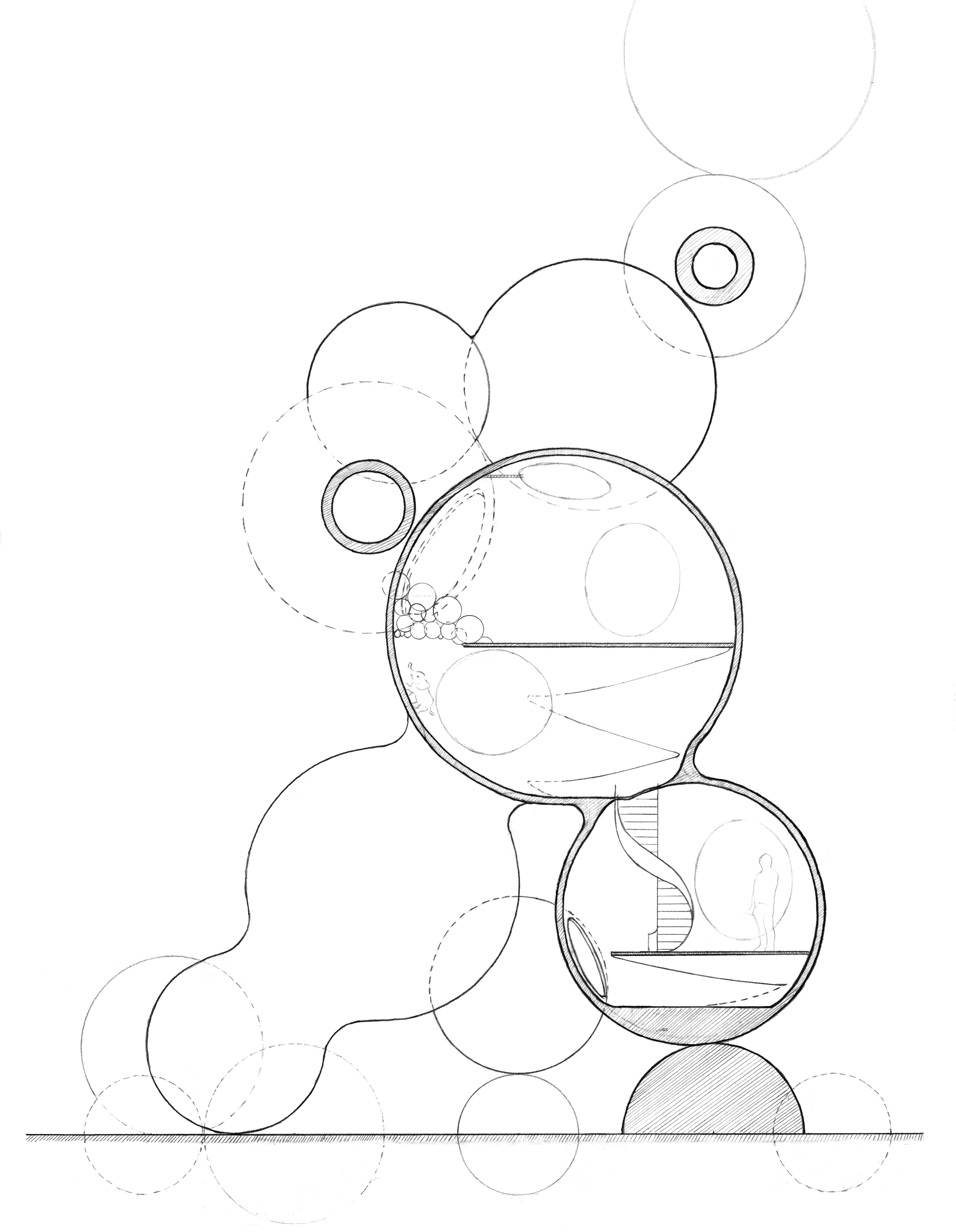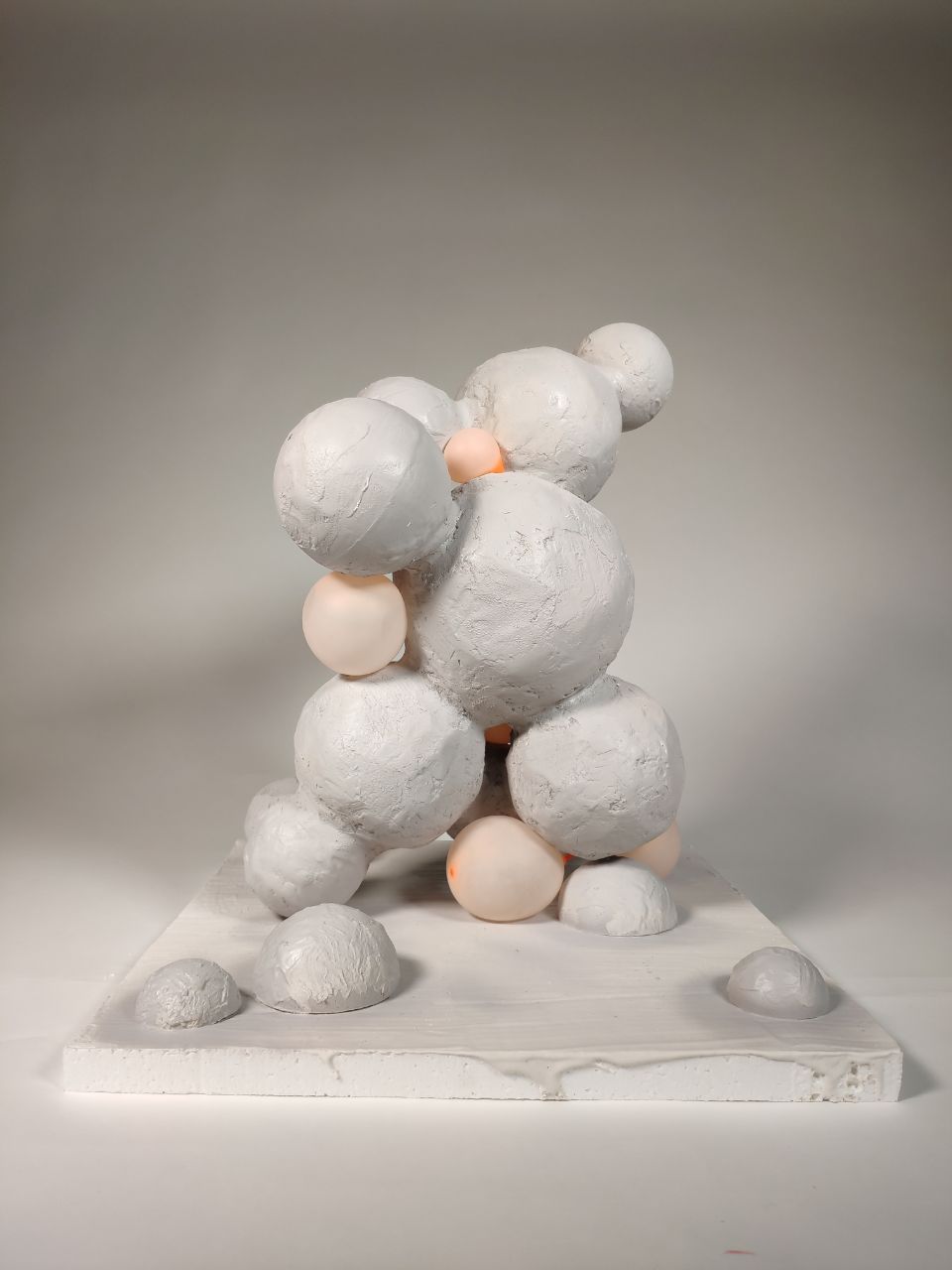



Based on the information from
PlasticEurope since the year 2012,
there’s a goal of reaching 0% plastic
landfill by the year 2020. Plastic usage
in building & construction is the second
highest in the overall consumption,
and some of the key benefits of this
material include its
insultation properties
durable and water-proof
sound-proof
energy efficiency
An example given in the report
suggests a decrease of 80% of energy
consumption with the use of thermal
insulation with platics and triple glazed
windows.
The ratio of energy saving vs energy
used in production is 233:1.
9% of greenhouse gases is saved,
compared to the production of other
construction materials;
16% of energy is saved, compared to
the use of other insulation materials;
$2.6 billion euros are saved with the
use of platic material pipes.
Readapting the architectural concept from project 2, Harvard Design Discovery program see it here,
we could tap into the idea of reusable architecture, with plastics as its main construction material.
The benefits
- durable; plastics could take decades to decay, even under soil.
- lightweight and moist resistent
- can be transluscent
- material is accessible, available and low cost

The structure like that is able to go up in the sky, down in the ocean, deep underground. A form that is almost timeless, and a material that goes against the environment, forms the living habitat.
to be continued...